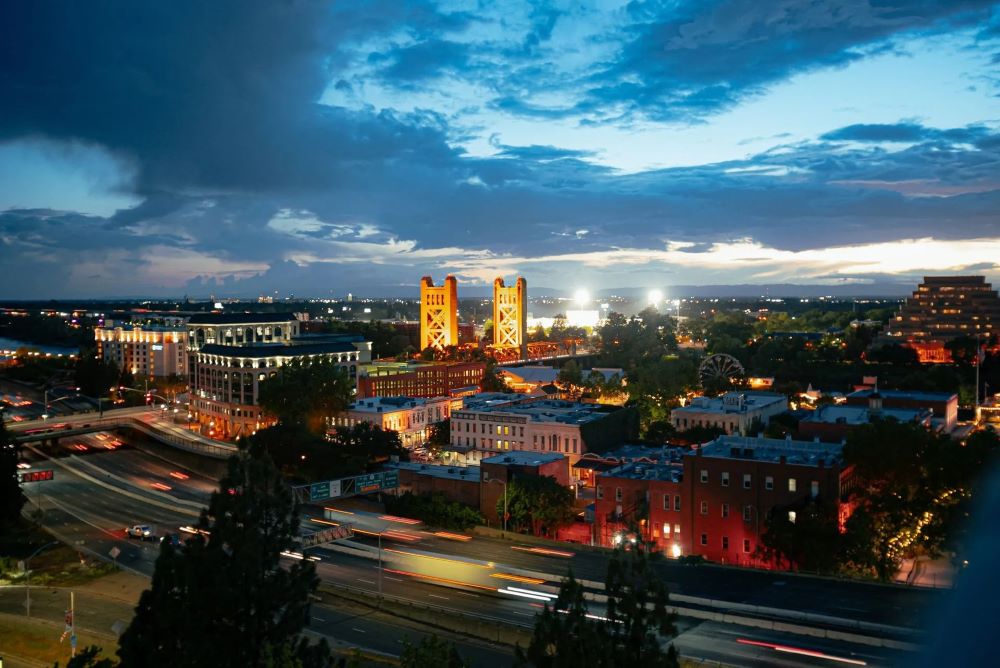Join us as we unlock the keys to profitable real estate ventures. Learn the art of mapping success and identifying high-growth neighborhoods for maximum returns.
In the world of real estate, success often hinges on the ability to identify high-growth neighborhoods.
Investing in properties located in areas poised for rapid development can yield significant financial gains and provide a multitude of opportunities.
But how does one determine which neighborhoods are primed for success?
In this article, we will explore the key factors to consider when mapping out the path to identifying high-growth neighborhoods.
Economic Indicators
One of the primary indicators of a high-growth neighborhood is its economic vitality.
Job growth and the unemployment rate are crucial factors to assess. A neighborhood with a healthy job market and low unemployment rates signifies a robust local economy. Additionally, examining income levels and household growth can offer insights into the purchasing power and stability of the community.
Real Estate Market Analysis
Analyzing the real estate market is another essential aspect of identifying high-growth neighborhoods. Historical property value appreciation can reveal trends and patterns that indicate future growth potential. Areas with a track record of steady and substantial appreciation are often attractive to investors. Additionally, assessing rental demand and vacancy rates can provide a glimpse into the potential for rental income and overall market stability.
Infrastructure and Development
The presence of quality infrastructure and ongoing development projects can significantly impact the growth trajectory of a neighborhood. Good transportation and connectivity, such as proximity to highways, public transportation, and airports, can enhance accessibility and attract businesses and residents. The availability of educational institutions and healthcare facilities is also crucial, as it contributes to the overall livability and desirability of a neighborhood.
Amenities and Quality of Life
A neighborhood's amenities and quality of life are important considerations when gauging its growth potential.
The presence of parks, recreation facilities, and entertainment options can enhance the overall appeal and attract residents.
Access to diverse restaurants, shopping centers, and cultural attractions can create a vibrant and thriving community, fostering an environment that attracts both businesses and residents alike.
Demographic Trends
Understanding demographic trends is key to identifying high-growth neighborhoods. Population growth and diversity can indicate an expanding community with increasing demand for housing and services. Examining age distribution and family structures provides insights into the target market and the type of housing demand within a neighborhood.
Identifying high-growth neighborhoods requires a comprehensive analysis of various factors that contribute to the economic, social, and demographic landscape. By considering economic indicators, real estate market analysis, infrastructure and development, amenities and quality of life, and demographic trends, investors and homebuyers can gain valuable insights to make informed decisions.
It is essential to approach the process with thorough research, staying attuned to the market dynamics and potential growth indicators. With the right strategy, mapping success becomes an achievable goal in the dynamic world of real estate investment.


